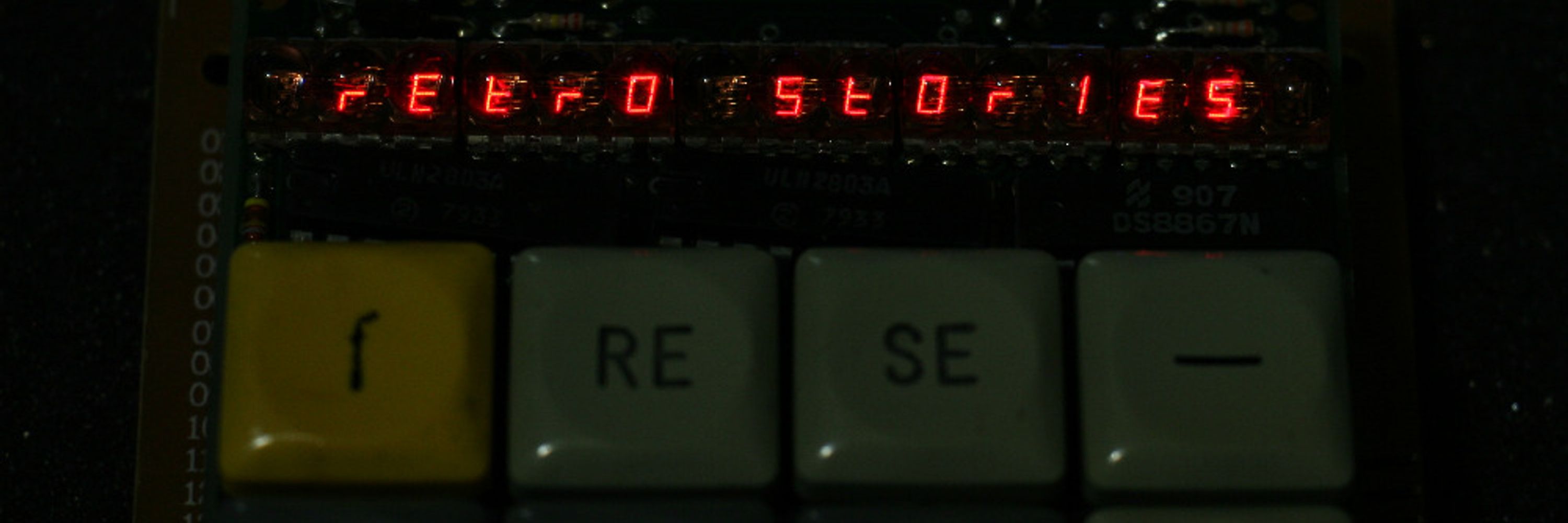
He / him
hawk.ro
📷: Beeldbank Rijkswaterstaat



Generated
3 4
45 6 8193
21 8
6 3 7
4 8 359
685
73 42
5 8
Solved
0035 steps
689315427
457628193
213479568
896153274
375294816
142867359
968531742
731942685
524786931
Done
8/8
Generated
3 4
45 6 8193
21 8
6 3 7
4 8 359
685
73 42
5 8
Solved
0035 steps
689315427
457628193
213479568
896153274
375294816
142867359
968531742
731942685
524786931
Done
8/8
; repeat process until number of failures (failure = 2 solutions) exceed threshold (threshold is set at 16 decimal)
Once that's done, print (send to serial) the result.
I forgot to mention, in case anyone wonders: everything was written in PIC ASM 7/
; repeat process until number of failures (failure = 2 solutions) exceed threshold (threshold is set at 16 decimal)
Once that's done, print (send to serial) the result.
I forgot to mention, in case anyone wonders: everything was written in PIC ASM 7/
1. the removed digit doesn't result in 2 solutions.
2. the process doesn't take too long (i.e. after a while it will yield a puzzle, even if there are some digits that might still be removed)
(It also checks for user pressing of the C key) 6/
1. the removed digit doesn't result in 2 solutions.
2. the process doesn't take too long (i.e. after a while it will yield a puzzle, even if there are some digits that might still be removed)
(It also checks for user pressing of the C key) 6/
The Generator uses a XOR-shift PRNG fed from the timer when generate is requested.
It starts by generating an entire valid puzzle, and then starts taking out digits while checking that: 5/
The Generator uses a XOR-shift PRNG fed from the timer when generate is requested.
It starts by generating an entire valid puzzle, and then starts taking out digits while checking that: 5/
The solver employs some tricks to speed-up the process (I think some I implemented while developing the generator); in particular it keeps a large array with "what digits can go where" to save time on trying them. 4/
The solver employs some tricks to speed-up the process (I think some I implemented while developing the generator); in particular it keeps a large array with "what digits can go where" to save time on trying them. 4/
The Edit function is not really optimal, in particular one has to clear and retype an entire line to 3/
The Edit function is not really optimal, in particular one has to clear and retype an entire line to 3/
It also - and this was the really difficult part - implements reasonably good sudoku *generator*
The same PIC does the display driving, keyboard scanning, the works.
It is reasonably fast. 2/
It also - and this was the really difficult part - implements reasonably good sudoku *generator*
The same PIC does the display driving, keyboard scanning, the works.
It is reasonably fast. 2/



